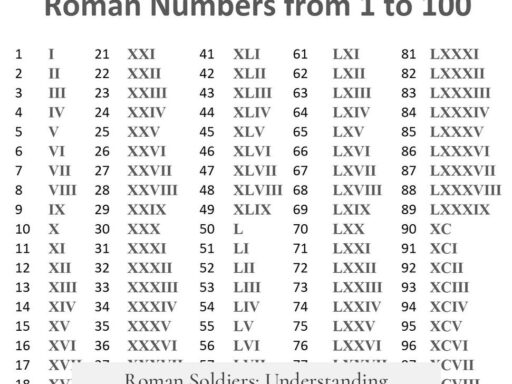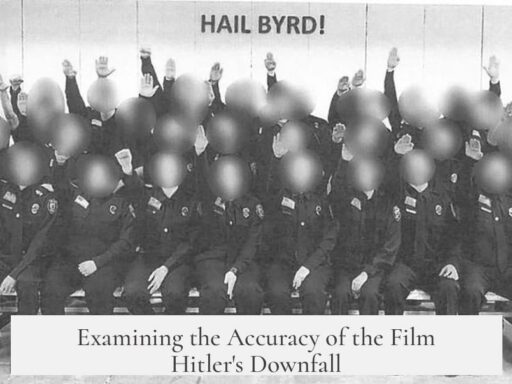Real pirates differ significantly from modern media portrayals, which tend to romanticize and simplify their lives. Actual pirates in the 17th and 18th centuries were violent criminals engaged in rape, murder, and torture. Their leadership structures and diversity also contrast with the fictional depictions seen in movies and books. Furthermore, the scale of their operations, types of ships, geographic range, and pirate myths diverge from popular entertainment narratives.
Hollywood often sanitizes pirate behavior. Unlike the swashbuckling heroes or charming rogues shown on screen, real pirates were brutal. They committed violent acts against civilians, including rape and murder. Hygiene on pirate ships was poor, and many pirates died young from disease or combat. The idea of pirates as romantic figures is a fiction, omitting harsh realities. They were among the first organized crime gangs of their time.
Pirate leadership was more democratic than media suggests. Captains often faced election by their crews. If a captain acted cruelly or could not deliver plunder, he risked being voted out or marooned. This shipboard democracy contrasts with the image of tyrannical captains ruling with an iron fist. The popular film series “Pirates of the Caribbean” portrays certain aspects accurately, including the pirate code and crew governance.
The origins of pirates reveal diversity underrepresented in cinema. Many pirates were runaway slaves, escaped prisoners, or former privateers who lost government backing after wars ended. Movie pirates often appear as homogenous, mostly white men resembling privateers. However, historical pirates included Africans, mulattos, ex-slaves, and ex-military personnel. They came from varied backgrounds, reflecting complex social dynamics.
Ships used by pirates were usually smaller than depicted in popular media. Films show huge frigates and warships, yet most pirate vessels were small, speedy sloops with crews of 20 to 30. These ships relied on agility to evade naval warships like the Man O War vessels. Famous pirates such as John “Calico Jack” Rackham operated with less than a dozen crew members attacking small fishing or merchant ships, not huge treasure galleons.
Pirates’ targets and activities were not always glamorous. They attacked trade ships, fishing boats, and coastal settlements, often preying on small merchants rather than powerful fleets. Geographic focus in media is largely Caribbean-centric. Historically, piracy was global, including the Barbary Corsairs off North Africa, the Knights of Malta in the Mediterranean, pirates near Madagascar, and Asian pirates impacting Indian Ocean trade.
Many widely accepted pirate myths do not align with facts. Pirates rarely buried treasure, yet the idea of treasure maps comes mainly from Robert Louis Stevenson’s 1883 novel “Treasure Island.” Pirates did not commonly keep parrots or monkeys as pets. The stereotypical pirate accent and attributes like wooden legs or eye patches mostly stem from fiction, notably from actors’ performances shaping modern pirate speech and image.
Piracy was not a lifelong career. Pirates typically spent a few years raiding before attempting legal business ventures. They had informal health insurance systems that compensated severe injuries. Most were former privateers or government-sanctioned raiders who turned to piracy after losing their official licenses. Their careers could be brief and often led back to legitimate society.
Where pirates operated also challenges popular depictions. Hollywood heavily emphasizes Caribbean piracy, but real piracy existed worldwide. The Barbary Corsairs threatened Mediterranean shipping, and pirates along African, Indian, and Asian coasts formed substantial fleets, sometimes comparable to navies. Each region had distinct pirate cultures and methods.
The comparison of real pirates to those in media resembles the contrast between historical criminals and their fictionalized versions in gangster films. Reality is harsher and less heroic. Media often glamorizes piratical life similar to how Bonnie and Clyde are portrayed as tragic figures, while real accounts reveal criminal brutality without romanticism.
| Aspect | Real Pirates | Media Portrayal |
|---|---|---|
| Behavior | Brutal, violent, involved in rape and murder | Charming, romanticized heroes |
| Leadership | Democratic elections, crew could remove captain | Tyrannical, absolute captains |
| Origins | Diverse backgrounds including slaves and ex-privateers | Mostly white, homogenous crews |
| Ships | Small sloops, fast and lightly armed | Large warships and galleons |
| Targets | Small merchant ships, fishing boats, settlements | Huge treasure ships and armadas |
| Myths | No treasure burial, no parrots, no wooden legs | Buried treasure, talking parrots, wooden legs |
| Career | Short-lived, often returning to legal life | Lifelong adventurers |
| Geographic Range | Global—Caribbean, Mediterranean, Indian Ocean, Africa, Asia | Mostly Caribbean-focused |
- Real pirates were violent criminals, unlike their romanticized media image.
- Shipboard governance was democratic with elected captains.
- Pirates had diverse origins, including ex-slaves and former soldiers.
- They relied on small, fast vessels rather than large warships.
- Targets were often modest ships, not massive treasure fleets.
- Common pirate myths are mostly fictional, created by literature and films.
- Piracy was usually a temporary phase, often followed by legitimate life.
- Piracy happened worldwide, not just in the Caribbean.
How Did Real Pirates Differ From That of the Pirate Portrayed in Modern Media?
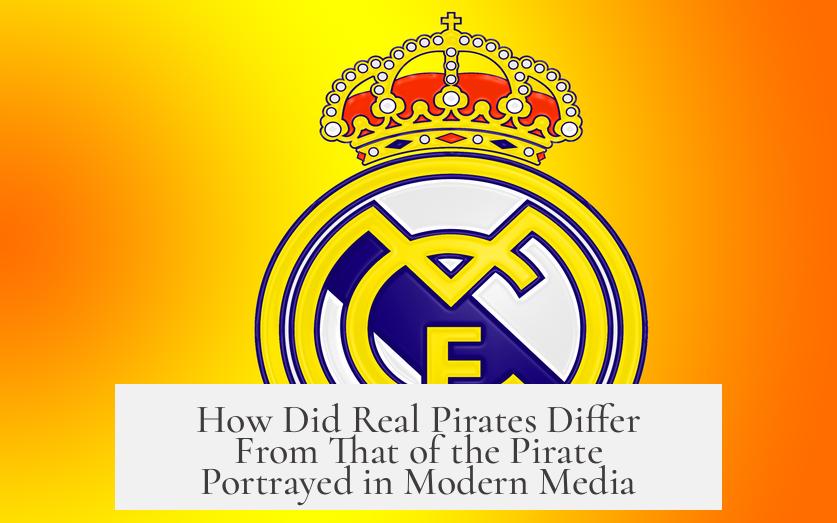
Real pirates were brutal, diverse, and far messier than the romantic and adventurous figures Hollywood loves to show. Forget the jaunty hats, the eye patches with clever origin stories, or the swashbuckling camaraderie. The real picture is much darker, grounded in harsh realities and complex social dynamics that most blockbuster flicks gloss over—or completely miss. So, what exactly sets the gritty reality apart from the glossy myth? Let’s dive into the true life of pirates and compare it with the movie myths that haunt our imaginations.
The Romanticized Image versus the Brutal Truth
Hollywood’s pirates are charming rogues who sing sea shanties, fight duels, and treasure hunt on tropical islands. Meanwhile, the real pirate life was grim, filthy, and violent. Real 17th and 18th-century pirates frequently committed rape, murder, and torture. They were some of the first organized crime gangs, operating without a code of honor concerning civilians or women.
The glamorous swagger seen on screen glosses over the horrifying truth: most pirates died young—from violence, poor hygiene, disease, or execution. Their ships reeked of human waste, sickness, and fear. There was no Hollywood “rule” about sparing women or innocents. Any sense of chivalry was absent. It was a brutal business, and the daily realities were horrifying.
Why do we keep romanticizing such cruelty? Because stories need heroes. But the reality? Pirates scared everyone and didn’t care who they hurt.
Pirate Leadership and Shipboard Democracy: Surprising Equality
Here’s an unexpected twist to the pirate story. Contrary to the fiercely autocratic captains we see in films, many pirate captains were elected by their crews. Captains who were too cruel, incompetent, or unlucky with riches got voted off—or worse, marooned.
This democratic spirit made pirate crews more egalitarian than some legitimate navies. Many pirate ships had a “code” everyone agreed to before signing on. Poor leadership meant losing your command, not crushing dissent with an iron fist. In fact, Pirates of the Caribbean gets this fairly right, showing captains who could be challenged and mutinied against.
This system of checks on power probably helped pirate crews survive. After all, no one wanted to follow a dead or despised captain. Yet, get no wrong: while democratic, pirate leaders still ran violent, ruthless operations.
Diverse Origins and Hidden Histories
Movies mostly show white, swashbuckling European pirates, but reality was far more diverse and complicated. Many pirates were runaway slaves or freed Africans, as well as former sailors escaping debtors’ prisons. Pirates came from all racial and ethnic backgrounds, including Africans, mulattos, and mixed-heritage individuals.
Another key point: many pirates began as privateers. Governments officially sanctioned these raiders to attack enemy ships during wars. But when wars ended, licenses were revoked. Suddenly, privateers became pirates, looting for personal gain and survival.
It’s less about swashbuckling adventurers and more about desperate men and women who took up piracy as a grim alternative to slavery, imprisonment, or poverty. This origin story is mostly absent in films.
Ships, Scale, and Strategy: Small and Fast, Not Grand and Stark
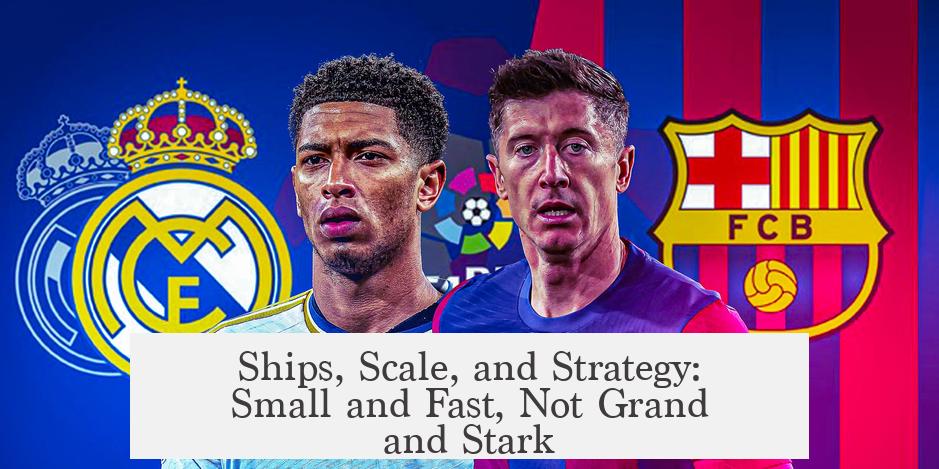
You may picture massive frigates bristling with cannons, but most pirates actually sailed smaller ships like sloops with 20 to 30 crew members. These vessels were faster and more agile, perfect for quick raids on fishing boats and small merchant ships. They avoided direct combat with powerful navy warships, unlike what is often shown in movies where pirates heroically take on massive Man O’ Wars.
Take John Rackham—known as Calico Jack—as an example. He and just 11 pirates were captured while raiding small fishing vessels near Jamaica, not grand treasure galleons locked in epic battles.
Targets of Piracy: Small Fries, Not Just Treasure Ships
The myth of pirates seizing colossal treasure-laden ships and burying chests of gold is a Hollywood fantasy. Real pirates mostly targeted small merchant vessels, fishing boats, and port settlements. Their loot often consisted of basic supplies, goods, or small amounts of cash. The glamour of treasure hunts and hidden chests came later through books like Robert Louis Stevenson’s Treasure Island (1883).
Furthermore, piracy thrived beyond the iconic Caribbean. Pirates operated as far as the shores of North Africa (the Barbary Corsairs), the Mediterranean (Knights of Malta), Madagascar, and the Indian Ocean, where some pirate fleets rivaled navies in size and power. Even Chinese waters saw large pirate fleets, a far cry from the narrow Caribbean focus Hollywood enjoys.
Shattered Myths: No Buried Treasure, No Parrots, and Not So Clever
Some pirate tropes are pure fiction. Despite the endless tales, real pirates rarely buried treasure. The idea of drawing detailed treasure maps stems from Treasure Island. And contrary to popular belief, pirates did not commonly own parrots or monkeys—these were theatrical embellishments.
Also, that eye patch myth? Pirates didn’t wear one eye patch to keep an eye adjusted to dark decks. That’s Hollywood creativity! Pirates were more concerned about survival and plunder than posture or aesthetics.
Pirate Life Was Temporary and Business-Minded
Here’s a practical reality check: piracy was rarely a lifelong career. Most pirates spent only a few years at sea. Many tried to retire with plundered wealth and start legitimate businesses in the Caribbean or back home. They weren’t committed lifelong criminals like popular media might suggest.
Amazingly, pirates even had a rudimentary form of health insurance—crew members who suffered serious injuries received cash payouts. That’s quite progressive for what we usually imagine as chaotic lawlessness.
Comparing Media to Reality: What Did the Best Portrayals Get Right?
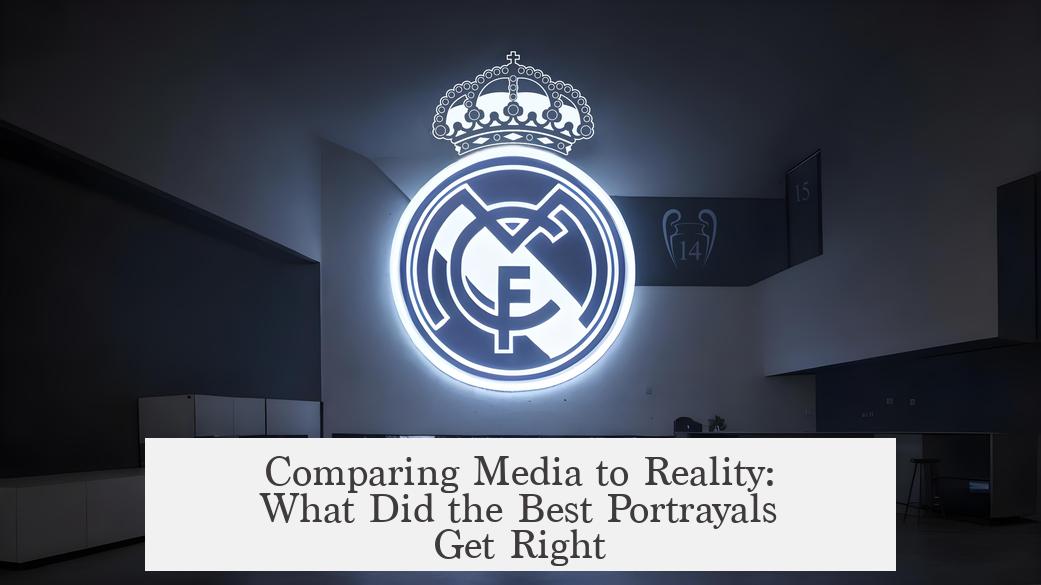
Despite all these myths, some modern shows and films do a surprisingly good job portraying the realities of pirate life. The TV series Black Sails focuses on the socio-political realities and murky moral ground pirates inhabited. Likewise, Pirates of the Caribbean includes touches of historical accuracy, like elected captains and pirate codes, while still delivering entertainment value.
Think of it like movies about gangsters or outlaws: they make rootless, violent criminals look romantic or tragic heroes. Real pirates were far uglier—a motley crew borne of desperation and ruthlessness.
Why Does This Matter?
Understanding real pirates sheds light on the darker parts of history, including transatlantic slavery, colonial expansion, and early organized crime. It challenges the sanitized myths that entertain us but hide uncomfortable truths about violence and survival.
Next time a pirate movie rolls on your screen, remember: beneath the feathered hats and clever banter lurked a violent, democratic, diverse subculture of desperate men and women—far from the neat fairy tales of Hollywood.
So, what’s your favorite pirate myth busted? The buried treasure? The parrot on the shoulder? Share your thoughts and let’s unravel the real tales behind those infamous Jolly Rogers!


